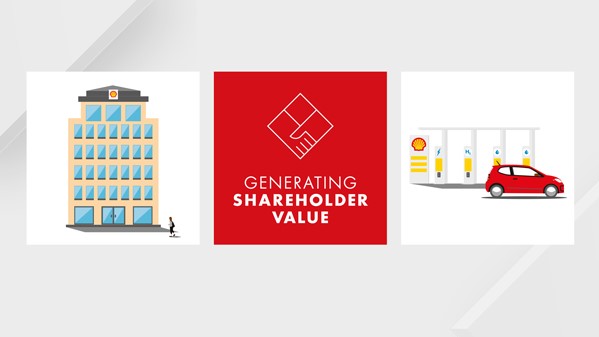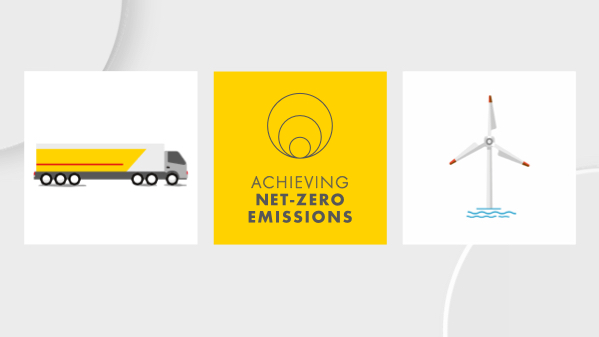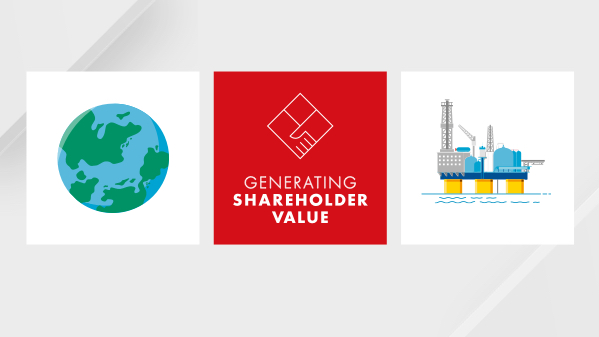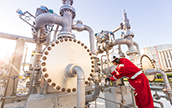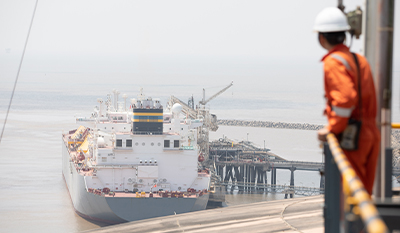Energy efficiency in our operations
One of the metrics we use to measure our performance is energy intensity: the amount of energy consumed for every unit of output.
Energy intensity – refining
Refinery Energy Index [A]
The refinery energy intensity index increased from 96.1 in 2020 to 96.9 in 2021, in part due to the impact of Hurricane Ida in the USA.
Energy intensity – chemical plants
Chemicals Energy Intensity – GJ/tonne production
Chemical steam cracker energy intensity in 2021 was 18.1 gigajoules per tonne (GJ/tonne) of high-value chemical (HVC) production, down from 18.7 GJ/tonne HVC in 2020, in part due to good reliability and high utilisation at our Bukom chemical plant in Singapore and Deer Park in the USA.
Energy intensity – upstream
(excl. LNG and GTL) GJ/tonne production
In 2021, the overall energy intensity for the production of oil and gas in our Upstream and Integrated Gas businesses (excluding liquefied natural gas and gas-to-liquids) remained relatively flat at 1.14, compared with 1.15 in 2020.
We expect it will be difficult to maintain the energy intensity levels of recent years, as existing fields age and new production comes from more energy-intensive sources. This may increase our upstream energy intensity over time.

